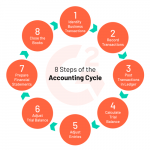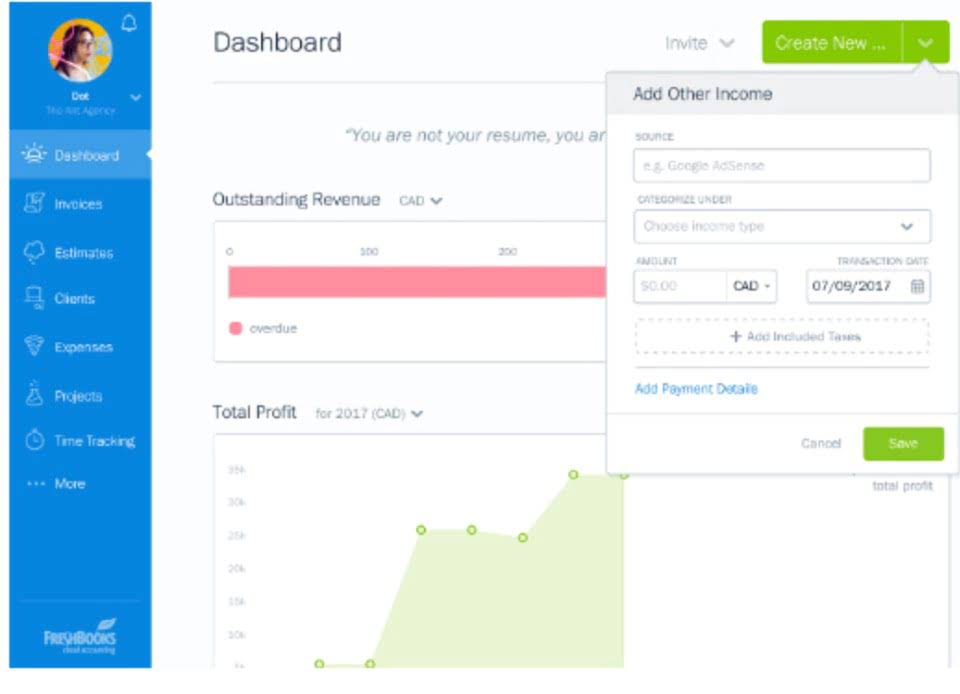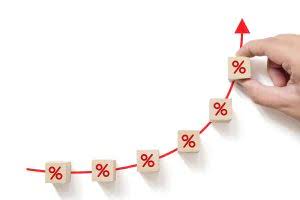
This line item is the aggregate amount of expenses incurred to create products or services that have been sold. The cost of goods sold is considered to be linked to sales under the matching principle. Thus, once you recognize revenues when a sale occurs, you must recognize the cost of goods sold at the same time, as the primary offsetting expense.

The IRS refers to these methods as “first in, first out” (FIFO), “last in, first out” (LIFO), and average cost. The average price of all the goods in stock, regardless of purchase date, is used to value the goods sold. Taking the average product cost over a time period has a smoothing effect that prevents COGS from being highly impacted by the extreme costs of one or more acquisitions or purchases. LIFO is where the latest goods added to the inventory are sold first. During periods of rising prices, goods with higher costs are sold first, leading to a higher COGS amount. There is no getting around it if you want to file your taxes and properly calculate your profits and expenses.
Cost of goods sold and small business tax returns
Suppose the same company with the same wants to calculate its cost of sales for 2021. The total cost dedicated explicitly to producing one shirt amounts to $3. The income statement flow for both types of companies is roughly similar. The first listed item at the top of the income statement is sales revenue. It is important to note that the company’s payment isn’t dependent on the cost of the goods sold.
Because of this issue, several approaches have been developed to derive the cost of goods sold, as outlined below. Costs that are not included in the cost of goods sold are anything related to sales or general administration. These costs include administrative salaries, as well as all utilities, rent, insurance, legal, selling, and other costs related to selling and administration. In addition, the cost of any inventory items remaining in stock at the end of a reporting period are not charged to the cost of goods sold. Instead, they are reported as a current asset on the company’s balance sheet.
This will make it easier to identify and analyze specific expenses related to production or sales. In effect, the company’s management obtain a better sense of the cost of producing the good or providing the service – and thereby can price their offerings better. If a company orders more raw materials from suppliers, it can likely negotiate better pricing, which reduces the cost of raw materials per unit produced (and COGS). In addition, the gross profit of a company can be divided by revenue to arrive at the gross profit margin, which is among one of the most frequently used profit measures. The calculation of COGS is distinct in that each expense is not just added together, but rather, the beginning balance is adjusted for the cost of inventory purchased and the ending inventory. For instance, the “Cost of Direct Labor” is recognized as COGS for service-oriented industries where the production of the company’s goods sold is directly related to labor.
How Is COGS Different From Cost of Revenue and Operating Expenses
That entry wouldn’t have the most useful information because we will have 9 bats to sell. Thus, accrual basis accounting includes inventory and cost of goods sold. That is the major difference between accounting for merchandising (and manufacturing) and service businesses. In a periodic inventory system, the cost of goods sold is calculated as beginning inventory + purchases – ending inventory. The assumption is that the result, which represents costs no longer located in the warehouse, must be related to goods that were sold. Actually, this cost derivation also includes inventory that was scrapped, or declared obsolete and removed from stock, or inventory that was stolen.
LIFO also assumes a lower profit margin on sold items and a lower net income for inventory. Materials and labor costs unrelated to the specific products, rent, utilities, office supplies, payroll, insurance, and marketing would all be considered operating expenses or indirect costs. Costs of materials include direct raw materials, as well as supplies and indirect materials. A business that produces or buys goods to sell must keep track of inventories of goods under all accounting and income tax rules.
AccountingTools
Under the last in, first out method (LIFO), the cost of the last unit to enter inventory is charged to expense first. In an inflationary environment, this means that the most expensive (newest) inventory items are charged to expense first, which tends to minimize the reported profit level. It also means that the ending inventory level is kept as low as possible. This approach does no reflect actual usage patterns in most cases, and so is banned by the international financial reporting standards. A business needs to know its cost of goods sold to complete an income statement to show how it’s calculated its gross profit. Businesses can use this form to not only track their revenue but also apply for loans and financial support.
Carpenter Technology (CRS) Earnings Beat Estimates in Q4 – Nasdaq
Carpenter Technology (CRS) Earnings Beat Estimates in Q4.
Posted: Tue, 01 Aug 2023 14:45:00 GMT [source]
It includes material cost, direct labor cost, and direct factory overheads, and is directly proportional to revenue. Facilities costs (for buildings and other locations) are the most difficult to determine. You must set a percentage of your facility costs (rent or mortgage interest, utilities, and other costs) to each product for the accounting period in question (usually a year, for tax purposes).
Gross Profit Calculation and Margin Analysis
Therefore, the assets’ discount amounted to $800, and the company returned $1,800 worth of t-shirts. On December 31st, the business had 24,000 shirts in its inventory. On January 1st, the company had 20,000 t-shirts in its warehouse. On December 31st, the business had 24,000 t-shirts in its inventory. Note that the beginning balance of the current year’s inventory will always be equal to the ending balance of the previous year’s inventory. But of course, there are exceptions, since COGS varies depending on a company’s particular business model.
To calculate COGS, the plumber has to combine both the cost of labor and the cost of each part involved in the service. But to calculate your profits and expenses properly, you need to understand how money flows through your business. If your business has inventory, it’s integral to understand the cost of goods sold. While similar, the cost of revenue and cost of goods sold are not the same. Cost of revenue consists of the cost of goods sold (or cost of services) plus any additional costs related to the sale. Properly calculating your cost of goods sold allows you to determine a “true cost.” Once you know the COGS, you can calculate your gross profit.
A price higher than that point will start paying off the different overhead costs and operating expenses until it eventually starts making a profit. The inventory that a merchandising company buys is recorded in the balance sheet as an asset. It can be recorded in an “inventory” or “purchases” account or any other account specific to that product. Once these expenses are removed from gross profit, this will yield the company’s income before taxes.
Calculating the COGS of a company is important because it measures the real cost of producing a product, as only the direct cost has been subtracted. As another industry-specific example, COGS for SaaS companies could include hosting fees and third-party APIs integrated directly into the selling process. Next, we’ll take a closer look at the difference between the sales price and the cost of goods sold., But first, check your understanding of the concept of cost of goods sold. In addition, one $10 bat left the store in the hands of a happy customer, so inventory decreased by $10 and we recorded a corresponding expense that offsets the $15 revenue (b). Remember, under accrual basis accounting, we recognize revenue as it is earned and expenses as they are incurred in order to match those expenses with the revenue. By deducting the cost of unsold products from the cost of all produced products, we get the cost of all sold products, the cost of goods.
- COGS and operating expenses are different sets of expenditures incurred by the business in running their day-to-day operations.
- The factory overhead classification includes manufacturing and materials management salaries, as well as all utilities, rent, insurance, and other costs related to the production facility.
- Additionally, the ending inventory is inflated because the latest inventory was purchased at higher prices.
- Operating expenses may be necessary for running a business but do not contribute directly to generating revenue.
LIFO method records the most recent produced items as sold first. In this method, the cost of the latest products purchased is the first to be expensed as COGS. Both COS and operating expenses are listed separately in the income statement.
Cost of goods sold definition
To calculate it, add the beginning inventory value to the additional inventory cost and subtract the ending inventory value. Consumers often check price tags to zoho books review determine if the item they want to buy fits their budget. But businesses also have to consider the costs of the product they make, only in a different way.

This involves adding up all wages paid to employees directly involved in creating your products. For example, if you run a furniture making business, you’d include wages paid to carpenters and other employees who help assemble your pieces. The Internal Revenue Service (IRS) allows companies to deduct the COGS for any products they either manufacture themselves or purchase with the intent to resell. This deduction is available to any business that lists COGS on its income statement, including manufacturers, wholesalers, and retailers—whether they operate in physical locations or only online.
It is used instead of sales because inventory is always valued at cost. The higher the price, the shorter time it will take to sell the stock and restock. An inventory turnover of 5 means that the company sells and supplies merchandise five times throughout its fiscal year. Finally, unsold merchandise is subtracted from the cost of goods available for sale to derive COS. The final number will shed light on the costs directly related to acquiring the merchandise sold during an accounting period.
Both of these industries can list COGS on their income statements and claim them for tax purposes. Cost of Goods Sold (COGS) is the cost of a product to a distributor, manufacturer or retailer. Sales revenue minus cost of goods sold is a business’s gross profit. Cost of goods sold is considered an expense in accounting and it can be found on a financial report called an income statement.

The C.O.G. sold is the total cost directly incurred in bringing the goods to their point of sale. In the first part, we calculate the gross profit, taking the total income and deducting all the costs directly incurred in producing those goods. And In the second part, we deduct all the indirect costs not directly incurred in producing goods from the gross profit to calculate the net profit. Hence, all the identifiable costs directly incurred in producing goods constitute the C.O.G Sold. Operating expenses (OPEX) and cost of goods sold (COGS) are separate sets of expenditures incurred by businesses in running their daily operations. Consequently, their values are recorded as different line items on a company’s income statement.





